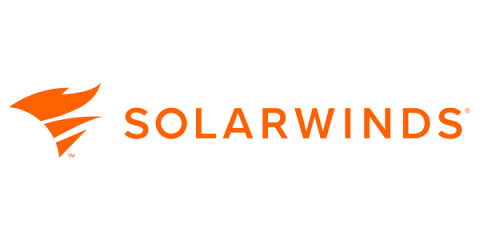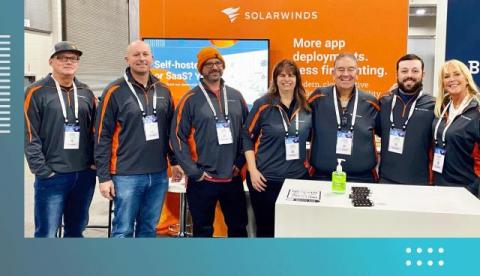More Service Desk Agents Aren't the Answer
The more service desk agents on hand to tackle tickets, the faster issues get resolved, right? Maybe not. Over 13 months, we analyzed over 2,000 global SolarWinds Service Desk IT service management (ITSM) customers to produce the SolarWinds State of ITSM Report 2024, revealing some surprising results.








